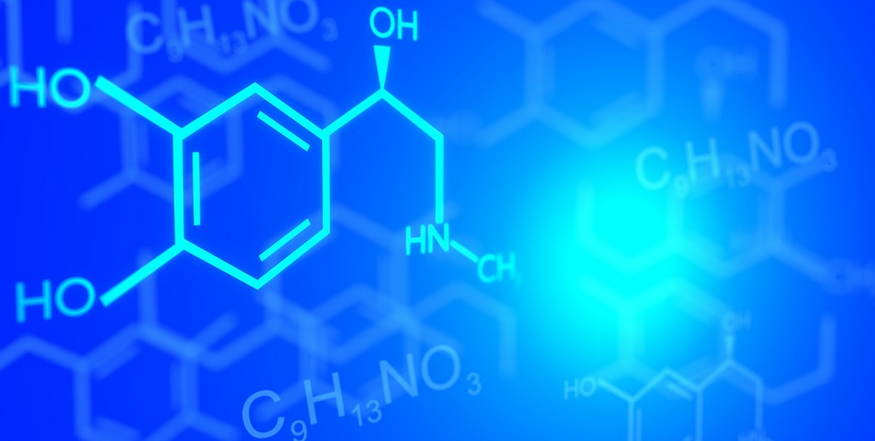Introduction
Atrophic scars are depressions or indentations in the skin that can be caused by acne, injury, or surgery. These scars can be unsightly and affect one’s self-esteem. Chemical peels are an effective treatment option for atrophic scars. In this article, we will discuss what chemical peels are and how they can help improve the appearance of atrophic scars.
What are Chemical Peels?
Chemical peels are a cosmetic treatment that uses a chemical solution to remove the outer layer of the skin. The solution is applied to the skin and left on for a specific amount of time, depending on the depth of the peel. The solution then causes the skin to blister and peel off, revealing smoother, rejuvenated skin.
Types of Chemical Peels
There are three types of chemical peels: superficial, medium, and deep. Superficial peels are the mildest and only remove the outer layer of the skin. Medium peels penetrate deeper into the skin and are effective for treating atrophic scars. Deep peels are the most aggressive and can only be performed by a dermatologist or plastic surgeon.
How Chemical Peels Help Atrophic Scars
Chemical peels work by stimulating collagen production, which helps to plump up the skin and fill in the depressions caused by atrophic scars. The peels also remove the damaged outer layer of the skin, which can help to improve the texture and tone of the skin.
Candidates for Chemical Peels
Not everyone is a good candidate for chemical peels. Individuals with darker skin tones may not be suitable for the treatment because it can cause hyperpigmentation. Those with active acne, rosacea, or eczema should also avoid chemical peels.
Preparation for Chemical Peels
Before undergoing a chemical peel, it is important to prepare the skin. This may involve stopping certain medications and using a topical retinoid to prepare the skin. The skin should also be thoroughly cleansed and free of any makeup or moisturizer.
The Chemical Peel Procedure
The chemical peel procedure typically takes around 30 minutes to complete. The solution is applied to the skin and left on for a specific amount of time, depending on the depth of the peel. The solution is then neutralized and removed from the skin. Patients may experience some redness, swelling, and peeling after the treatment.
Aftercare for Chemical Peels
After undergoing a chemical peel, it is important to follow proper aftercare instructions. This may include avoiding sun exposure, using a gentle cleanser and moisturizer, and avoiding any harsh scrubs or exfoliants.
Risks and Side Effects
Like any cosmetic procedure, chemical peels do carry some risks and side effects. These may include redness, swelling, peeling, and scarring. It is important to discuss the risks and benefits of the treatment with a qualified dermatologist or plastic surgeon before undergoing the procedure.
Conclusion
Chemical peels are an effective treatment option for atrophic scars. They work by stimulating collagen production and removing the damaged outer layer of the skin. While the treatment does carry some risks and side effects, it can be a valuable tool in improving the appearance of atrophic scars. As always, it is important to discuss the treatment with a qualified professional before undergoing the procedure.

